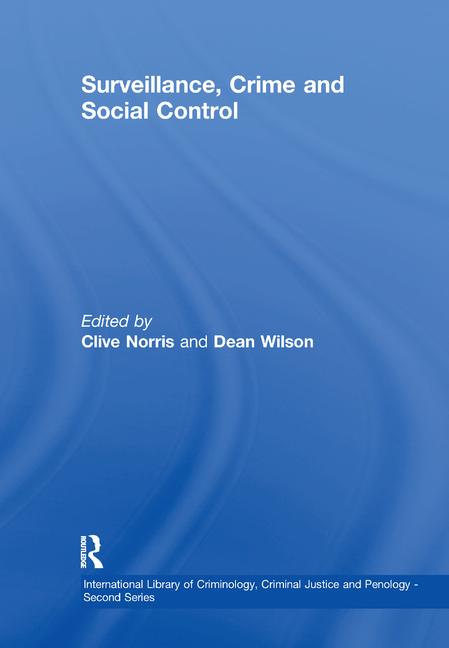In an age in which tech-savvy consumers have come to expect smarter, better and more efficient technology and quick-to-market products, the security industry is sometimes at a disadvantage. The combination of the economic downturn and slower-than-expected adoption of new technologies recently has hampered R&D efforts as well as integrators’ and dealers’ ability to sell upgraded systems as end users cling to what they have and make do with last year’s (or in some cases, last decade’s) technology.
The situation is further complicated by wariness among some consumers and government officials of any technology that has the potential to infringe on privacy — a persistent, if often misguided, concern. And within the security industry itself, there is often the problem of having “too many cooks” when it comes to standards, as multiple organizations offer competing technical guidelines, a situation that works against the whole goal of standardization.
On the positive side, the SIA New Product Showcase at ISC West in April spotlighted some of the most exciting trends in the security industry: convergence, wireless applications and devices, intelligent edge devices, high-definition video and analytics.
SIA is committed to doing everything in its power to make the path to new product development as smooth as possible for manufacturers, which in turn will mean dealers and integrators will be able to offer their customers the most advanced products.
First, SIA Standards is working to become a harmonizer of standardization efforts. For example, there are three separate video standards being developed by various organizations, including SIA. In an effort to educate manufacturers, SIA is looking to develop joint forums with competing standards organizations PSIA and ONVIF. “If either organization would like to partner with SIA, which has ANSI accreditation for those standards,” SIA Standards Manager Joe Gittens said, “that would be something we would be happy to explore.”
Both SIA Standards and the SIA Government Relations Department are working to make sure the industry is up-to-speed regarding the Federal Identity, Credential and Access Management (FICAM) initiative, which is a critical part of the U.S. government’s identity management efforts.
In addition, the Government Relations Department has been an effective advocate for security technology manufacturers and users at the federal, state and local levels. When North Carolina considered a pilot program that would require the use of biometric technology, SIA encouraged its efforts. And when New Hampshire moved last year to ban most uses of biometrics in identification cards, Government Relations Director Don Erickson testified against the proposed bill before state lawmakers. Due in part to SIA, the bill was defeated, but it is up for vote again this year. This is just one of dozens of bills that SIA is tracking in states across the country.
One of the reasons that so many state lawmakers seek to impose restrictions on certain security products is the perception that biometrics, RFID and other technologies threaten privacy. In response to these concerns, SIA in 2010 developed the Privacy Framework —a set of best practices to be used when deploying security technology — to demonstrate that security and privacy need not be mutually exclusive.
“SIA has been instrumental in influencing lawmakers to enact regulations that are friendly to manufacturers while respecting critical end user issues such as secure data and privacy,” said Jennifer Martin of Pixim, the chair of the SIA New Product Showcase.
SIA’s activities in government relations, standards and other areas are united by a common goal: to help manufacturers, distributors, integrators and end users produce, provide and procure the best technology that the security market has to offer.








